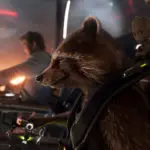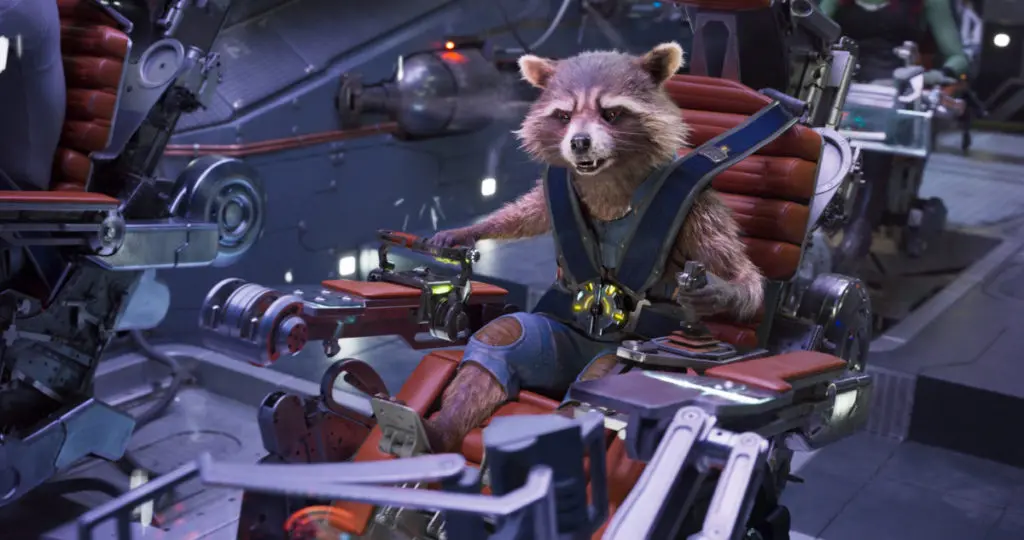Framestore’s visual effects team and VFX Supervisor Jonathan Fawkner returned for a second round to help bring Writer/Director James Gunn’s Guardians of the Galaxy Vol.2 back to the big screen.
Written by Renee Dunlop
Framestore’s visual effects team and VFX Supervisor Jonathan Fawkner returned for a second round to help bring Writer/Director James Gunn’s Guardians of the Galaxy Vol.2 back to the big screen. Delivering over 620 VFX shots, the work included constructing the look and animation of Rocket and Baby Groot, creature work, spaceships, a space chase and ‘the best opening sequence in the world’ (as dictated in the script). Says Fawkner.
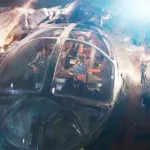
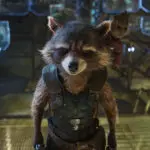
Rocket’s snarky character traits needed to be maintained, but updated. “We went back and looked at face shapes, the construction of his skeleton, all the time knowing that we needed to end up with the same Rocket.” Framestore captured actor Bradley Cooper performance as reference, specifically lip movements for convincing dialog delivery and appropriate animated reactions to the live action characters in the scene. Updates included an updated fur simulation using Framestore’s proprietary tool fcHairFilters.



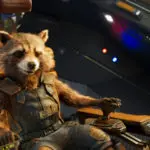
Framestore got an early start on Baby Groot’s animation, starting with the Comic-Con trailer featuring the new addition. The reincarnated Groot, born from the ashes of the adult Groot from the first film, challenged the team and Framestore’s Animation Supervisor Arslan Elver. “We couldn’t make him too human. On the other hand he couldn’t be too cartoony. He had to look real, but cute.” Decisions from his age, range, and how he interacted with the other characters had to be determined. “We went back and looked at Groot in the first movie, at his personality and character’, explains Elver.


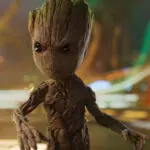
Baby Groot’s face design is rather simplistic, always a difficult challenge to rig. His bark skin was also a challenge, since he couldn’t appear too aged. “We created an expressive stretchy base deformation that kept simple silhouettes for his facial expressions, then added a layer of ‘crust’ deformation which we were able to paint and tune to create ‘crust islands,’ or patches of rigid bark”, explains Laurie Brugger, Head of Rigging. “These patches were selectively shrink-wrapped back onto the base to keep the simple forms of the face whilst maintaining the feeling of bark.”
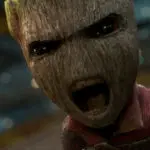
The 2.5 minute opening sequence involved a set that was entirely reflective, with 800 frame-long effects and simulations thousands of frames long – and the camera never cuts. “The title sequence was an enormous undertaking, one of the most complex I’ve ever experienced in my career” says Elver.
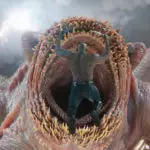
The team created a stormy sky for the sequence. “Because the camera doesn’t cut, we couldn’t go and find plate material that would work for a camera that was continuous.” To solve this, Framestore re-developed a brand new suite of tools for generating cloud scapes that allowed the clouds to move realistically in a time-lapse, alongside bolts of lighting that needed to react within the clouds and light the city below. The city itself is made of gold, which posed its own problems as it needed to reflect on everything and everyone in the scene.

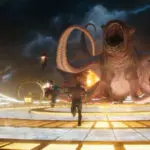
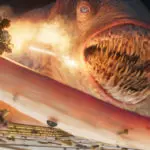
The Abilisk, a semi-translucent eight-tentacled creature was massive, yet had to appear lithe and effective, with sophisticated muscle and skin-sliding simulations. The team at Framestore split the sequence into 11 pieces, each assigned to an individual animator, and creating a tool that allowed them to sew the shots together seamlessly.
Framestore also worked on the action-packed Space Chase sequence, which sees Quill and Rocket hurtling through space in ships animated by the team, dodging asteroids and weaving between blazing ribbons of plasma.
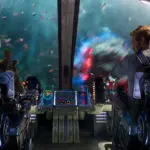
As Quill and Rocket barrel through space, the Framestore team had to come up with interesting ways to demonstrate speed. The chase covers three environments, heavily animated with an array of tricks including Quantum Asteroids, grit and particles, before going through lighting, and a ‘space grid’ in which ribbons of plasma (similar to the rings of Saturn) which was used to anchor the characters and provide point of reference.

